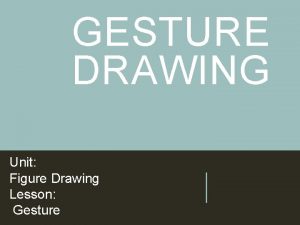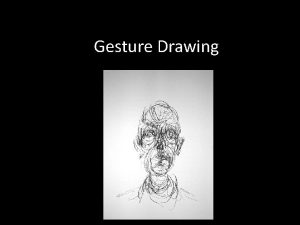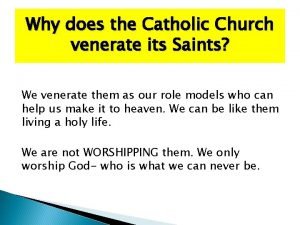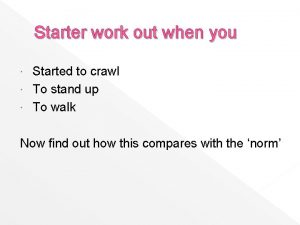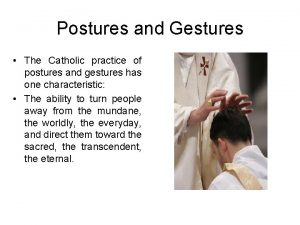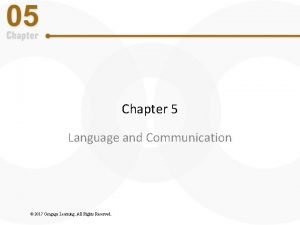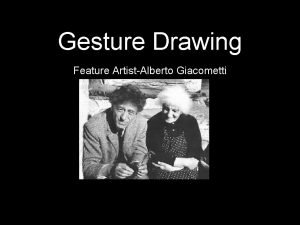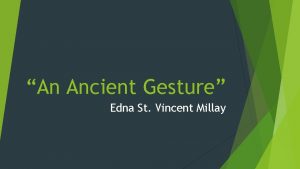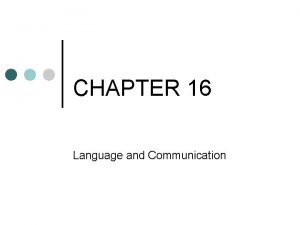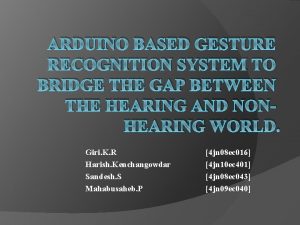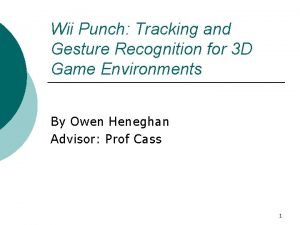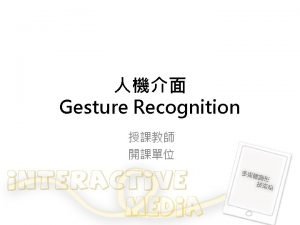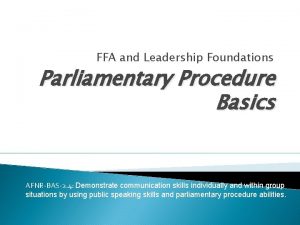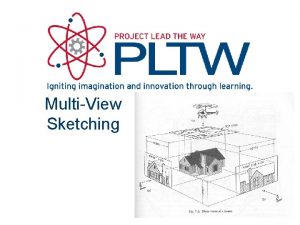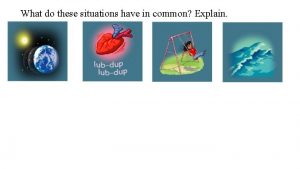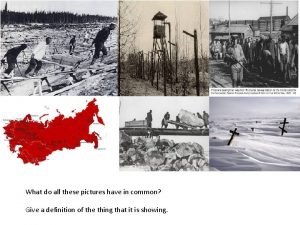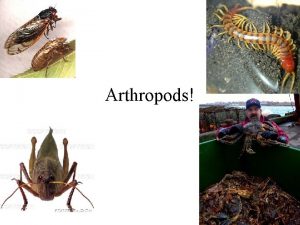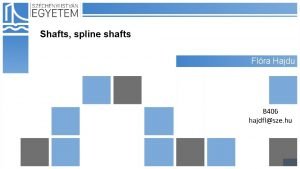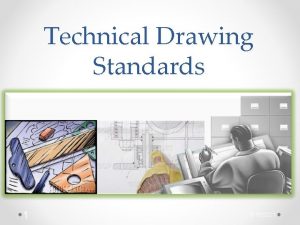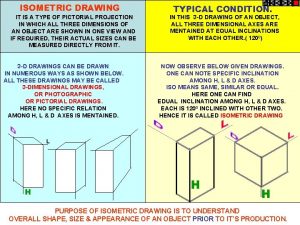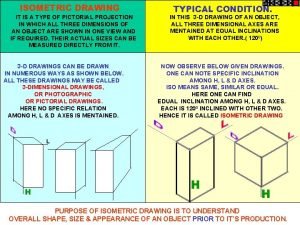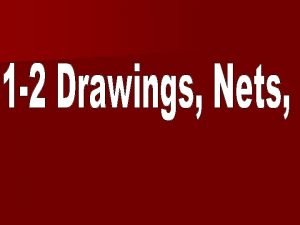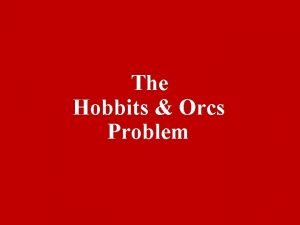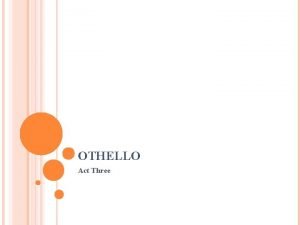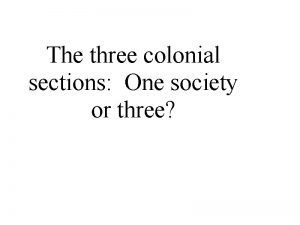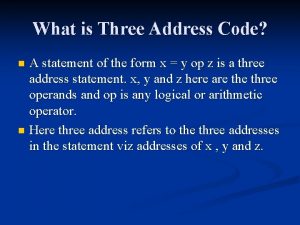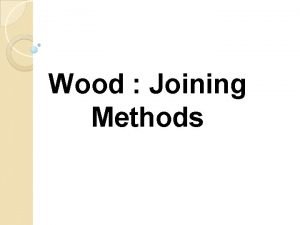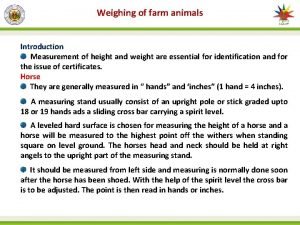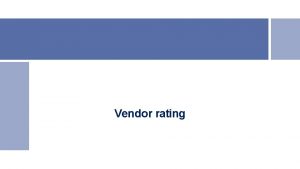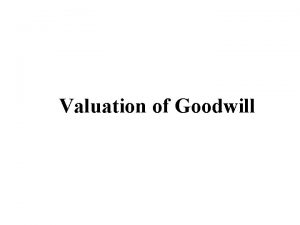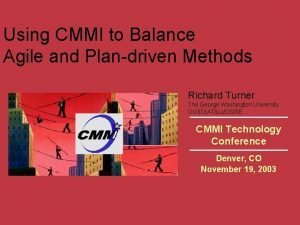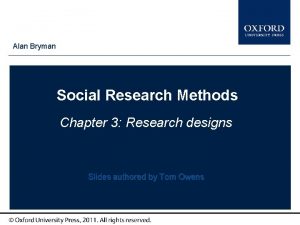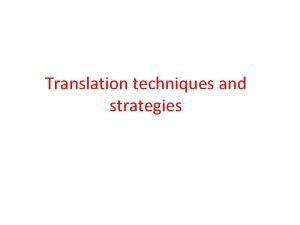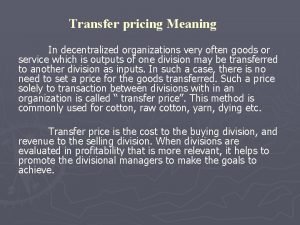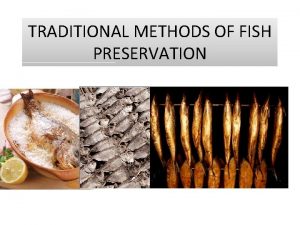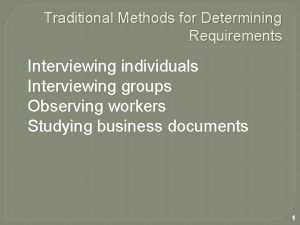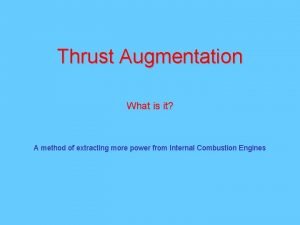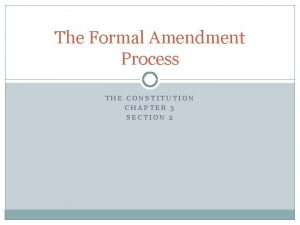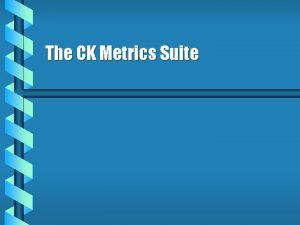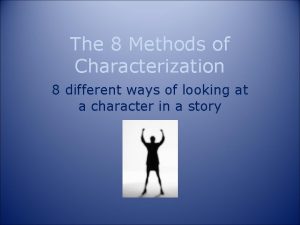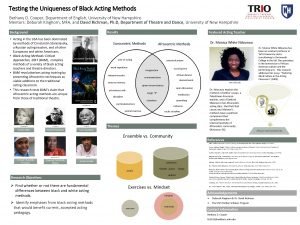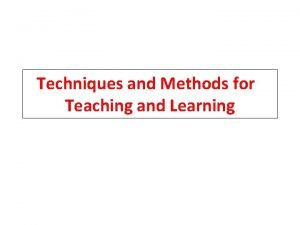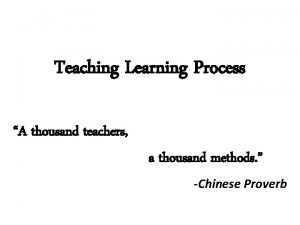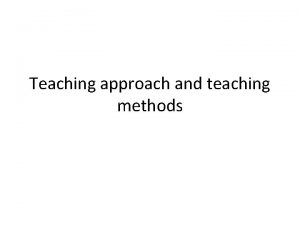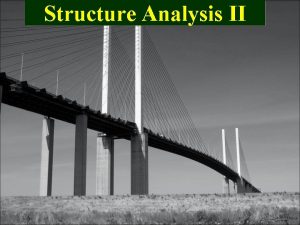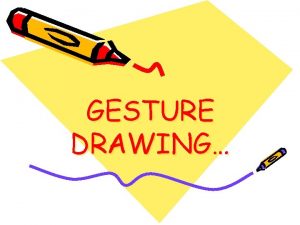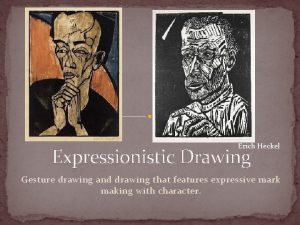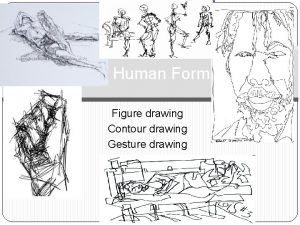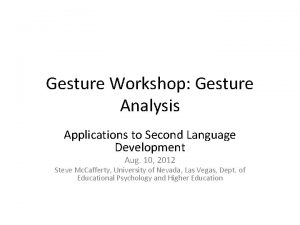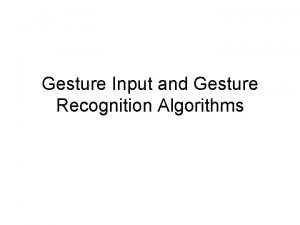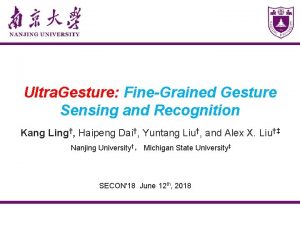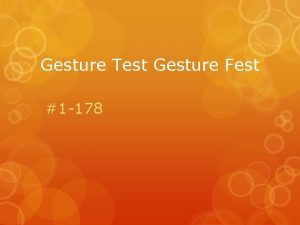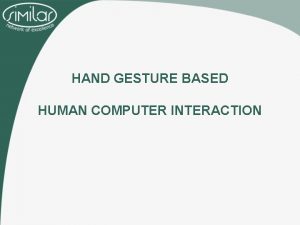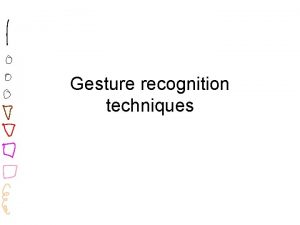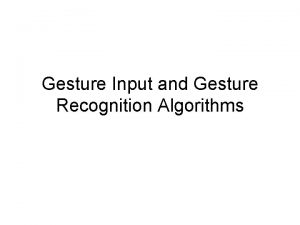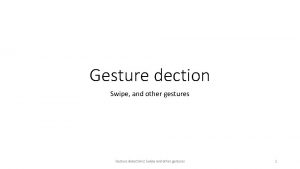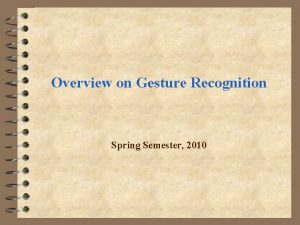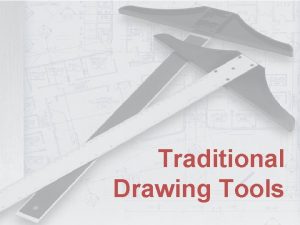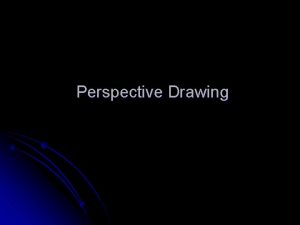THREE COMMON METHODS OF DRAWING From Gesture to






















































![PETER PAUL RUBENS (DUTCH PRONUNCIATION: [ˈRYBƏ(N)S]; 28 JUNE 1577 – 30 MAY 1640), � PETER PAUL RUBENS (DUTCH PRONUNCIATION: [ˈRYBƏ(N)S]; 28 JUNE 1577 – 30 MAY 1640), �](https://slidetodoc.com/presentation_image_h2/a975ce7947a664c7e065bf78a753a8b1/image-55.jpg)
























- Slides: 79

THREE COMMON METHODS OF DRAWING From Gesture to Formal Realism – Best Practices

GESTURE EXPRESSIVE, LOOSE, INFORMAL, JUST CAPTURING THE ESSENCE OF AN OBJECT SHAPE TO FORM TO FIGURE HIDDEN SHAPES AND FORMS TRANSFORMED INTO “THE REAL” The De Honnecourt Method FORMAL OR CLASSICAL REALISM “Draw like da Vinci” The contour becomes the form through shading and value contrast.

GESTURE –EXPRESSIVE � Looser

CAPTURING THE ESSENCE OF THE SUBJECTS

RANDOM - IMPROMPTU OR DOODLE


GESTURE IS “SKETCHERLY” Gesture is also expressive and shows movement, energy and emotion.




WHEN GESTURE/EXPRESSIVE LINE DOES NOT SUIT ONE’S PURPOSES WHAT DOES WORK?

SHAPE TO FORM TO FIGURE Try this - Learn to draw perfect Circles, Spheres and then find the hidden Shapes and Forms to transform into “the Real”.

FIRST QUESTION: WHO WAS FIRST TO DRAW SHAPES? ? ?

THE ORIGINS OF ART AND MATH? ? ? http: //www. squidoo. com/squid 50

AGE OF THE NEAERTHAL Neanderthals lived in the Last Glacial age for a span of about 100, 000 years. B. C. There alternate Names and Spellings inlcuding: Neanderthaloid and Neandertal.


EARLY TRIBAL CULTURES UNDERSTOOD THE IMPORTANCE OF DRAWING AND MATH Oldest known use of The origins of mathematical thought lie in the concepts of number, magnitude, and form. Math: Modern studies of animal cognition have shown that these concepts are not unique to The Tally Sticks humans. Such concepts would have been part of everyday life in hunter-gatherer societies. The idea of the "number" concept evolving gradually over time is supported by the existence of languages which preserve the distinction between "one", "two", and "many", but not of numbers larger than two. The oldest known possibly mathematical object is the Lebombo bone, discovered in the Lebombo mountains of Swaziland dated to approximately 35, 000 BC. It consists of 29 distinct notches cut into a baboon's fibula. Also prehistoric artifacts discovered in Africa and France, dated between 35, 000 and 20, 000 years old Lebombo bone, from Swaziland circa 35, 000 BC suggest early attempts to quantify time.

SO WE COUNTED, AND COUNTED. Tally sticks from the Swiss Alps: Alpbeilen from Alp Blattiberg (Lauenen BE), 1786/1815. Front: name of entitled person, reverse: notches for cow rights. For this alp, there are 87 cow rights divided among 23 owners. � � � Alpbeilen from Alp Hinterschneit (Saanen BE), 1778 Alpbeilen from Alp Langenlauenen (Lauenen BE), 1754/1792/1823 Krapfentesseln and reconstructed matching tally ("Beitessel"). The notches indicate cow rights and both pieces (one held by the farmer, the other by the alp corporation) have to correspond for the tally to be valid. Box for beitesseln, 1766 Double tessel from Alp Blümatt (Turtmann VS), 1893

WE COUNTED NUMBERS… The Abacus was used in Babylon as early as 2400 BC. The abacus was also found in ancient Egypt, Greece, and Rome. Even the Aztecs had their own version. The Roman pocket abacus was the first portable calculating device, presumably invented to help tax collectors do math while on the go!

…WE COUNTED YEARS.

AS MATH DEVOLOPS SO DOES ART.


AND SO DOES GEOMETRY DEVELOP

GEOMETRY GROWS AND INFLUENCES ART SIGNIFICANTLY � � Early geometry The earliest recorded beginnings of geometry can be traced to early peoples, who discovered obtuse triangles in the ancient Indus Valley (see Harappan Mathematics), and ancient Babylonia (see Babylonian mathematics) from around 3000 BC. Early geometry was a collection of empirically discovered principles concerning lengths, angles, areas, and volumes, which were developed to meet some practical need in surveying, construction, astronomy, and various crafts.

HARAPPAN CIVILIZATION Until quite recently, the famous Harappan civilization of the Indus valley has been an enigma. Many questions still remain about the identity of the people who created this great ancient civilization. Stretching over a million and a half square kilometers, from the borders of Iran to east UP (or what is now considered partly Pakistan) and with some sites as far south as the Godavari valley, it was larger than ancient Egypt and Mesopotamia combined.

HARAPPAN RUINS

HARAPPAN CURRENCY

GEOMETRY CONTINUED TO DEVELOP

GEOMETRY’S GROWTH Egyptian geometry � Babylonian geometry � Greek geometry � Classical Greek geometry � ] Thales and Pythagoras Pythagorean theorem: a 2 + b 2 = c 2 � Hellenistic geometry � Euclid � Archimedes � After Archimedes � Indian geometry � ee also: Indian mathematics � Vedic period � Classical period � Chinese geometry � �

Early forms of Geometry were developed and used in Ancient Egypt from about 3000 BC to ca 300 BC. �

EXAMPLES OF GEOMETRY FROM EGYPTIAN PAPYRUS

LATER GEOMETRY ADVANCES Pythagorean Intheorem mathematics, the Pythagorean theorem is a relation in Euclidean geometry among the three sides of a right triangle (right-angled triangle). In terms of areas, it states: In any right triangle, the area of the square whose side is the hypotenuse (the side opposite the right angle) is equal to the sum of the areas of the squares whose sides are the two legs (the two sides that meet at a right angle). � http: //www. historyofinformation. com/index. php? category=Mathematics+%2 F+Logic

AND ADVANCED USES OF MATH TO CREATE

THE MIDDLE AGES The Middle Ages (adjectival form: medieval) is a period of European history from the 5 th century to the 15 th century. The Middle Ages follows the fall of the Western Roman Empire in 476 and precedes the Early Modern Era. It is the middle period of a three-period division of Western history: Classic, Medieval and Modern. By the 1, 300’s AD Architects had begun to reach a high point with the use of Math, specifically Geometry and Art.

The term "Middle Ages" first appears in Latin in the 15 th century and reflects the view that this period was a deviation from the path of classical learning, a path supposedly reconnected by Renaissance scholarship. The Early Middle Ages saw the continuation of trends set in Late Antiquity: depopulation, deurbanization, and increased barbarian invasion. North Africa and the Middle East, once part of the Eastern Roman Empire, became Islamic. Later in the period, the establishment of the feudal system allowed a return to systemic agriculture.

THE CRUSADES There was sustained urbanization in Northern and Western Europe. During the High Middle Ages (c. 1000– 1300), Christian-oriented art and architecture flourished and Crusades were mounted to recapture the Holy Land from Muslim control.

The influence of the emerging nation-state was tempered by the ideal of an international Christendom. The codes of chivalry and courtly love set rules for proper behavior, while the Scholastic philosophers attempted to reconcile faith and reason.

Outstanding achievement in this period includes the Code of Justinian, the mathematics of Fibonacci and Oresme, the philosophy of Thomas Aquinas, the paintings of Giotto, the poetry of Dante and Chaucer, the travels of Marco Polo, and the architecture of Gothic cathedrals such as Chartres.

GIOTTO DI BONDONE 1266/7 – January 8, 1337), better known simply as Giotto, was an Italian painter and architect from Florence in the late Middle Ages. , Legend of St Joachim, Meeting at the Golden Gate,

LINEAR PERSPECTIVE � Linear perspective is a mathematical system for creating the illusion of space and distance on a flat surface. The system originated in Florence, Italy in the early 1400 s. � The artist and architect Brunelleschi demonstrated its principles, but another architect and writer, Leon Battista Alberti was first to write down rules of linear perspective for artists to follow. Leonardo da Vinci probably learned Alberti's system while serving as an apprentice to the artist Verrocchio in Florence. http: //www. mos. org/sln/Leonardo/Exp loring. Linear. Perspective. html

NOTRE-DAME DE REIMS CATHEDRAL Notre-Dame de Reims (Our Lady of Rheims) is the Roman Catholic cathedral of Reims, where the kings of France were once crowned. � � It replaces an older church, destroyed by a fire in 1211, which was built on the site of the basilica where Clovis was baptized by Saint Remi, bishop of Reims, in AD 496. That original structure had been erected on the site of the Roman baths. As the cathedral it remains the seat of the Archdiocese of Reims. A major site for tourism in the Champagne region, it accommodated half a million visitors in 2006

AWESOME!





THE NEXT, MOST CONSIDERABLE CONTRIBUTION TO THE INCORPORATION OF MATHEMETICS AND ART CAN PARTLY BE CREDITED TO Villard de Honnecourt

Villard de Honnecourt (Wilars dehonecort, fol. 1 v; Vilars de Honecourt, fol. 15 v) was a 13 th-century artist from Picardy in northern France. He is known to history only through a surviving portfolio of 33 sheets of parchment containing about 250 drawings dating from the 1220 s/1240 s. Villard De Honnecourt


GEOMETRY AND ART

AND FINALLY…

THE SHAPE TO FORM TO FIGURE METHOD The method, found in body of his work, he termed “Ars de geometria” – Art of Geometry to Artists. His work was published in paris in 1220 -1235 and features the geometric drawing method. His great variety of subjects (religious and secular figures suitable for sculpture, and architectural plans, elevations and details, ecclesiastical objects and mechanical devices, some with annotations), makes it difficult to determine its purpose. Other subjects such as animals and human figures also appear.

The de Honnecourt Method � Find the Hidden Geometric Shapes � Then draw the contour lines and erase as needed.

LATER OTHERS WOULD FOLLOW AND CARRY THE BALL FORWARD
![PETER PAUL RUBENS DUTCH PRONUNCIATION ˈRYBƏNS 28 JUNE 1577 30 MAY 1640 PETER PAUL RUBENS (DUTCH PRONUNCIATION: [ˈRYBƏ(N)S]; 28 JUNE 1577 – 30 MAY 1640), �](https://slidetodoc.com/presentation_image_h2/a975ce7947a664c7e065bf78a753a8b1/image-55.jpg)
PETER PAUL RUBENS (DUTCH PRONUNCIATION: [ˈRYBƏ(N)S]; 28 JUNE 1577 – 30 MAY 1640), � � Sir Peter Paul Rubens was a Flemish Baroque painter, and a proponent of an extravagant Baroque style that emphasized movement, color, and sensuality. He is well-known for his Counter-Reformation altarpieces, portraits, landscapes, and history paintings of mythological and allegorical subjects. Rubens was a classically educated humanist scholar, art collector, and diplomat who was knighted by both Philip IV, King of Spain, and Charles I, King of England.

RUBENS BELIEVD THAT A STUDY OF SHAPES AND FORMS IS IMPERATIVE - THEN YOU CAN DRAW ANYTHING!


RUBENS – A MASTER OF SHAPE AND FORM



AGAIN – ONE FIRST LEARNS TO DRAW PERFECT GEOMETRIC FIGURES, THEN LEARNS TO FIND THE HIDDEN SHAPES

DO YOU SEE THE HIDDEN SHAPES?






FORMAL OR CLASSICAL REALISM A STEP BY STEP APPROACH TO DRAWING

HOW DID DA VINCI DRAW? ? ?

STARTING FROM THE OUTLINE OR CONTOUR

A STEP BY STEP APPROACH


Rudy de Renya demonstrates A STEP BY STEP APPROACH –BEGIN WITH A CONTOUR DRAWING. Formal or Classical Realism

BUILDING UP EACH LAYER


STEP BY STEP – START WITH OUTLINE

LETS REVIEW

WHERE ARE WE TODAY?

GESTURE EXPRESSIVE, LOOSE, INFORMAL, JUST CAPTURING THE ESSENCE OF AN OBJECT SHAPE TO FORM TO FIGURE HIDDEN SHAPES AND FORMS TRANSFORMED INTO “THE REAL” The De Honnecout Method FORMAL OR CLASSICAL REALISM “Draw like Da Vinci” The contour becomes the form with shading and value contrast.
 Gesture figure
Gesture figure Gesture drawing exercises
Gesture drawing exercises Gesture drawing
Gesture drawing Catholic hand gesture
Catholic hand gesture Gesture development chart
Gesture development chart Catholic gestures
Catholic gestures Communication in general is process
Communication in general is process Gesture-call system
Gesture-call system Albert giacometti
Albert giacometti An ancient gesture analysis
An ancient gesture analysis Gesture-call system
Gesture-call system Hand gesture recognition project using arduino
Hand gesture recognition project using arduino Hand gesture punch game
Hand gesture punch game Gesture definition
Gesture definition Meaningful gesture
Meaningful gesture Fabrication of wax pattern
Fabrication of wax pattern What are the four common methods of voting in ffa
What are the four common methods of voting in ffa Common factors of 18 and 30
Common factors of 18 and 30 Common anode and common cathode
Common anode and common cathode Common factors and common multiples
Common factors and common multiples Highest common factors and lowest common multiples
Highest common factors and lowest common multiples Greatest common factor and least common multiple
Greatest common factor and least common multiple Highest common factors and lowest common multiples
Highest common factors and lowest common multiples What three brainstorming methods can you follow
What three brainstorming methods can you follow A very large industry that uses pattern development
A very large industry that uses pattern development The three plant asset disposal methods
The three plant asset disposal methods Forensic science learning targets
Forensic science learning targets Learning objectives for drawing
Learning objectives for drawing What do the three situations have in common
What do the three situations have in common Inventory cost flow assumptions
Inventory cost flow assumptions What do these three pictures have in common
What do these three pictures have in common Snob appeal propaganda
Snob appeal propaganda Three things in common
Three things in common Tonal shading engineering
Tonal shading engineering Drawing chapter 1
Drawing chapter 1 Shaft design
Shaft design Engineering graphics isometric projection
Engineering graphics isometric projection Drafting technical drawing
Drafting technical drawing Technical terms in drawing
Technical terms in drawing Types of isometric drawings
Types of isometric drawings Isometric projection of hemisphere
Isometric projection of hemisphere Balloon diagram engineering
Balloon diagram engineering What is an isometric drawing of the cube structure
What is an isometric drawing of the cube structure Hobbit and orc problem
Hobbit and orc problem Othello act 3 summary
Othello act 3 summary In three minutes write three things you did yesterday
In three minutes write three things you did yesterday Orange, diamond-shaped signs warn the motorist of:
Orange, diamond-shaped signs warn the motorist of: The three colonial sections-one society or three
The three colonial sections-one society or three 3 address code
3 address code Quote weaving examples
Quote weaving examples Wood joints
Wood joints Non destructive weld testing
Non destructive weld testing Shaeffer's formula in kg
Shaeffer's formula in kg How to calculate warehouse space
How to calculate warehouse space Silverman's closest speaking space value
Silverman's closest speaking space value Vendor rating
Vendor rating U vegetable
U vegetable Different methods of glucose estimation
Different methods of glucose estimation Annuity method of goodwill
Annuity method of goodwill Innovative english school
Innovative english school Using risk to balance agile and plan driven methods
Using risk to balance agile and plan driven methods Types of procurement
Types of procurement Alan bryman
Alan bryman What is translation loss
What is translation loss Role of transfer pricing in a decentralized company
Role of transfer pricing in a decentralized company Traditional method of fish preservation
Traditional method of fish preservation Traditional methods for determining requirements
Traditional methods for determining requirements Methods of thrust augmentation
Methods of thrust augmentation Example of dry heat cooking
Example of dry heat cooking 3 acceptable methods for cooling food
3 acceptable methods for cooling food Chapter 3 section 2 formal amendment
Chapter 3 section 2 formal amendment Weighted methods per class
Weighted methods per class 8 methods of characterization
8 methods of characterization Black acting methods
Black acting methods Tdd testing private methods
Tdd testing private methods Methods of health education
Methods of health education A thousand teachers a thousand methods meaning
A thousand teachers a thousand methods meaning Characteristics of good teaching methods
Characteristics of good teaching methods Fact finding techniques observation
Fact finding techniques observation Energy method in structural analysis
Energy method in structural analysis
